Muscle cars are often celebrated for their raw power and iconic designs, but some models have slipped through the cracks of automotive history, failing to receive the recognition they truly deserve. This article will explore nine classic muscle cars that, despite their impressive performance and unique characteristics, remain underrated in the automotive community.
1. Pontiac GTO (1964-1974)
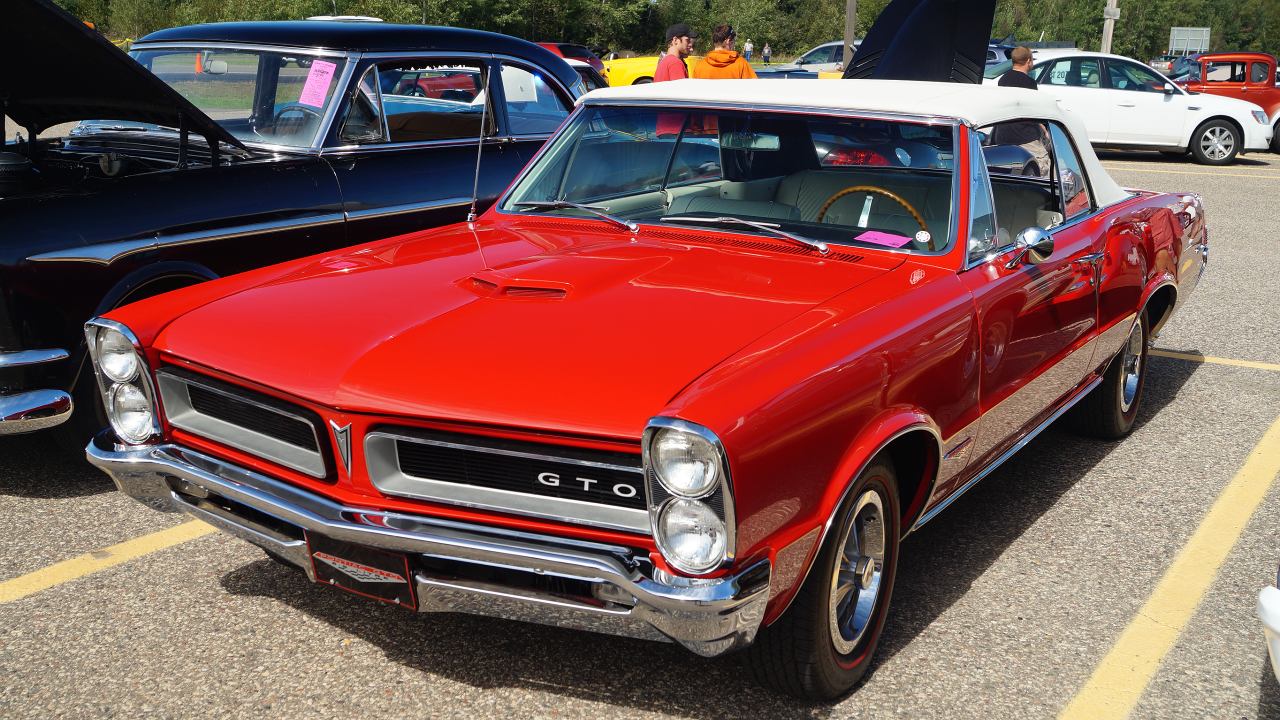
The Pontiac GTO is often credited with starting the muscle car craze in the early 1960s, but its significance has been overshadowed by its successors. With a powerful 389 cubic-inch V8 engine at its debut, the GTO established a template for performance that many would follow. However, as the years went on, this iconic model was often dismissed by enthusiasts who favored more recognized brands like Ford or Chevy. The later models, especially those produced in the early 1970s, showcased advanced engineering and remained powerful contenders on the road, but they failed to capture the same level of admiration.
Despite its performance, the GTO struggled with marketing and brand identity as Pontiac shifted its focus. While the GTO was a pioneer in many respects, the allure of the Chevrolet Camaro and Ford Mustang often eclipsed it. The GTO’s unique blend of style and power deserves more recognition, especially considering it laid the groundwork for the muscle car segment that we celebrate today. Its legacy is one that deserves revisiting, as it represents a crucial piece of American automotive history.
2. Mercury Cougar (1967-1973)
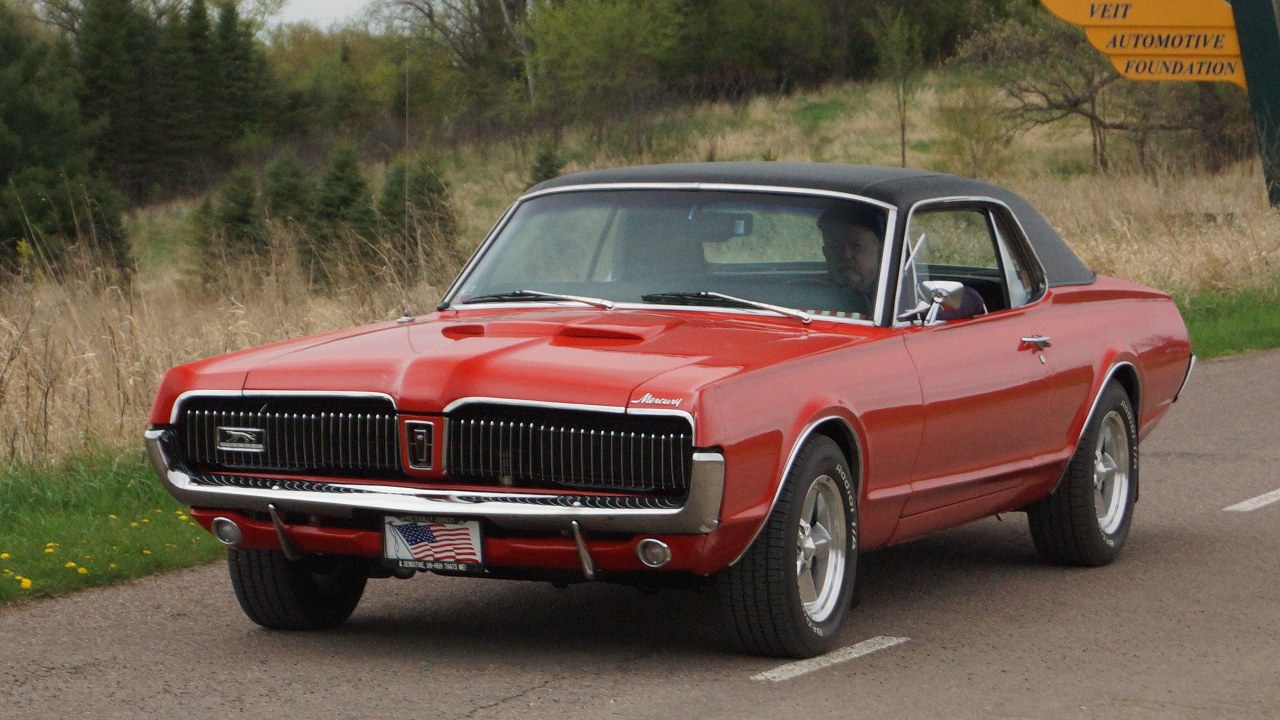
The Mercury Cougar was initially designed as a more upscale alternative to the Ford Mustang, aiming to capture a segment of buyers looking for performance paired with luxury. The Cougar offered impressive performance metrics, especially when equipped with the 428 cubic-inch V8 in the Eliminator package. However, it lacked the same cult following that its competitors enjoyed, making it less recognized in the muscle car community. The Cougar’s unique styling and comfort features set it apart, yet it often played second fiddle to the Mustang’s iconic status.
Despite its underappreciated status, the Cougar was a legitimate performer on the street and track. The Eliminator model, for instance, boasted a 0-60 mph time that was competitive with other muscle cars of its time. Unfortunately, the Cougar’s sophisticated image seemed to alienate hardcore muscle car enthusiasts who preferred the raw, aggressive styling of its rivals. While it may not have garnered the same fanfare, the Mercury Cougar remains a testament to the diversity within the muscle car genre, proving that performance can coexist with elegance.
3. Dodge Dart (1968-1976)
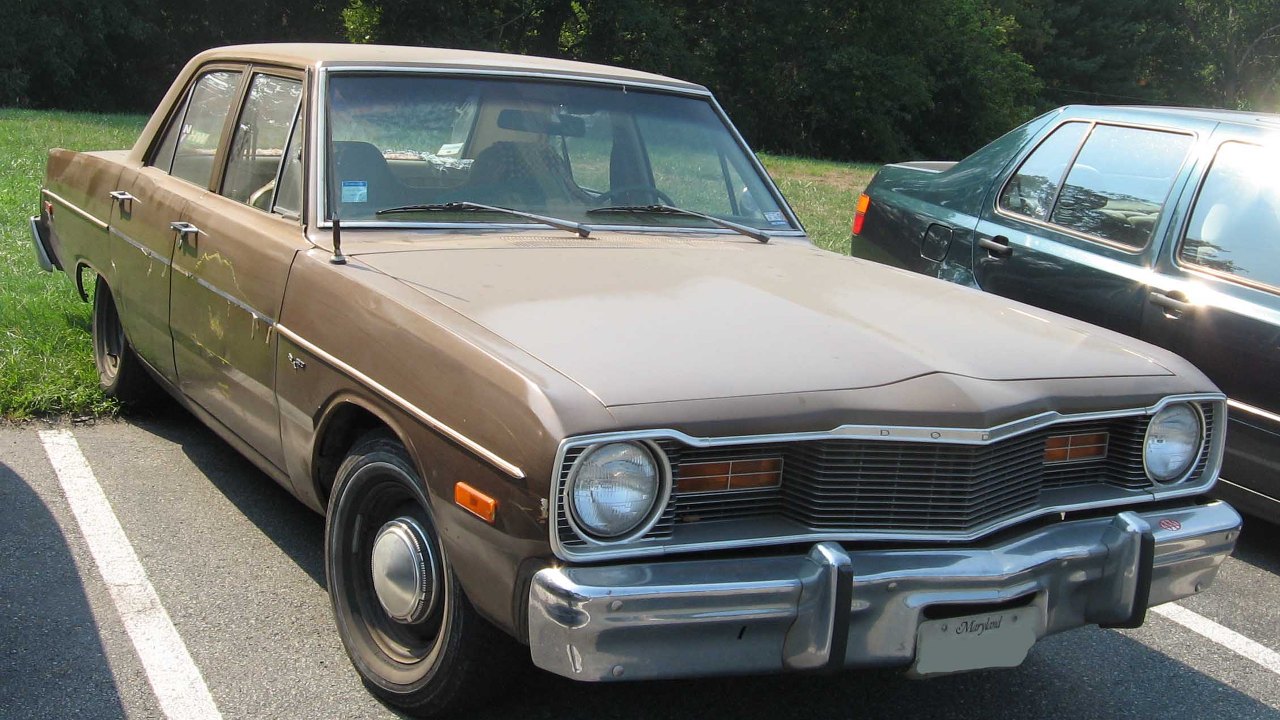
The Dodge Dart, particularly the GTS model, is often overlooked in discussions about classic muscle cars. While larger muscle cars like the Charger or Challenger tended to capture the spotlight, the Dart provided excellent performance in a compact package. Its lightweight design and available V8 options allowed it to outpace many of its more popular rivals. With a 383 cubic-inch V8 under the hood, the Dart GTS could deliver exhilarating speed that rivaled enthusiast favorites, yet it remained largely in the shadows.
For many, the Dart was a sleeper; its unassuming appearance belied its impressive capabilities. The combination of power and practicality made it a compelling option for those who wanted muscle without the flash. As the muscle car era waned, the Dart’s significance only grew, showcasing how even smaller vehicles could deliver thrilling performance. Its legacy is one of quiet strength, proving that you don’t need to be loud to be powerful in the automotive world.
4. AMC Javelin (1968-1974)

The AMC Javelin holds a unique place in the muscle car landscape as one of the few American muscle cars produced by a smaller manufacturer. It boasted innovative styling and solid performance, particularly in its early years. The Javelin was designed to compete directly with the likes of the Mustang and Camaro, but its distinctive look and innovative features often led it to be overlooked. Despite its racing pedigree, which included success in the Trans-Am series, the Javelin struggled to gain the recognition it deserved among mainstream enthusiasts.
With a range of engine options, including a powerful 390 cubic-inch V8, the Javelin offered a thrilling driving experience. Its unique design and commitment to performance made it a compelling choice for those looking for something different. While the Javelin might not have enjoyed the same level of fame as its competitors, its contribution to the muscle car narrative is significant. As a testament to American automotive diversity, it remains an important chapter in muscle car history.
5. Buick Gran Sport (1965-1972)

The Buick Gran Sport is another underrated classic that deserves more credit for its powerful engine options and performance capabilities. Known for its muscular 455 cubic-inch V8, the Gran Sport could easily rival more celebrated muscle cars from Ford and Chevy. Despite its impressive performance, the Gran Sport’s luxurious features and understated design often led it to be overshadowed by flashier competitors. It aimed to provide a refined driving experience without sacrificing power, catering to those who wanted a blend of performance and comfort.
Buick’s marketing of the Gran Sport often placed it in a different category than traditional muscle cars, which may have contributed to its lack of recognition. However, those who have driven or owned a Gran Sport can attest to its impressive performance and handling. This car not only offered speed but also a level of sophistication that many muscle cars lacked. As we reflect on the muscle car era, the Buick Gran Sport stands out as a powerful yet refined option that deserves a more prominent place in the conversation.
6. Oldsmobile 442 (1964-1980)

The Oldsmobile 442 was a pioneer in the muscle car segment, originally marketed as a performance package for the Cutlass model. This car was known for its strong racing heritage, and its 442 designation stood for its four-barrel carburetor, four-speed manual transmission, and dual exhaust. However, it often gets lost in the shuffle when discussing classic muscle cars. The 442 provided impressive horsepower and torque, especially in its later iterations, which featured powerful V8 engines that could compete with the best of them.
Throughout its production run, the 442 evolved, adapting to changing market demands while maintaining its performance focus. It was a car that offered both speed and comfort, making it a formidable contender in the muscle car landscape. Unfortunately, the 442’s reputation often took a backseat to more mainstream options, despite its impressive specifications and racing success. As muscle cars continue to be celebrated, the Oldsmobile 442 remains a crucial figure that highlights the diversity and innovation of this exciting automotive era.
7. Chevrolet Nova (1962-1979)
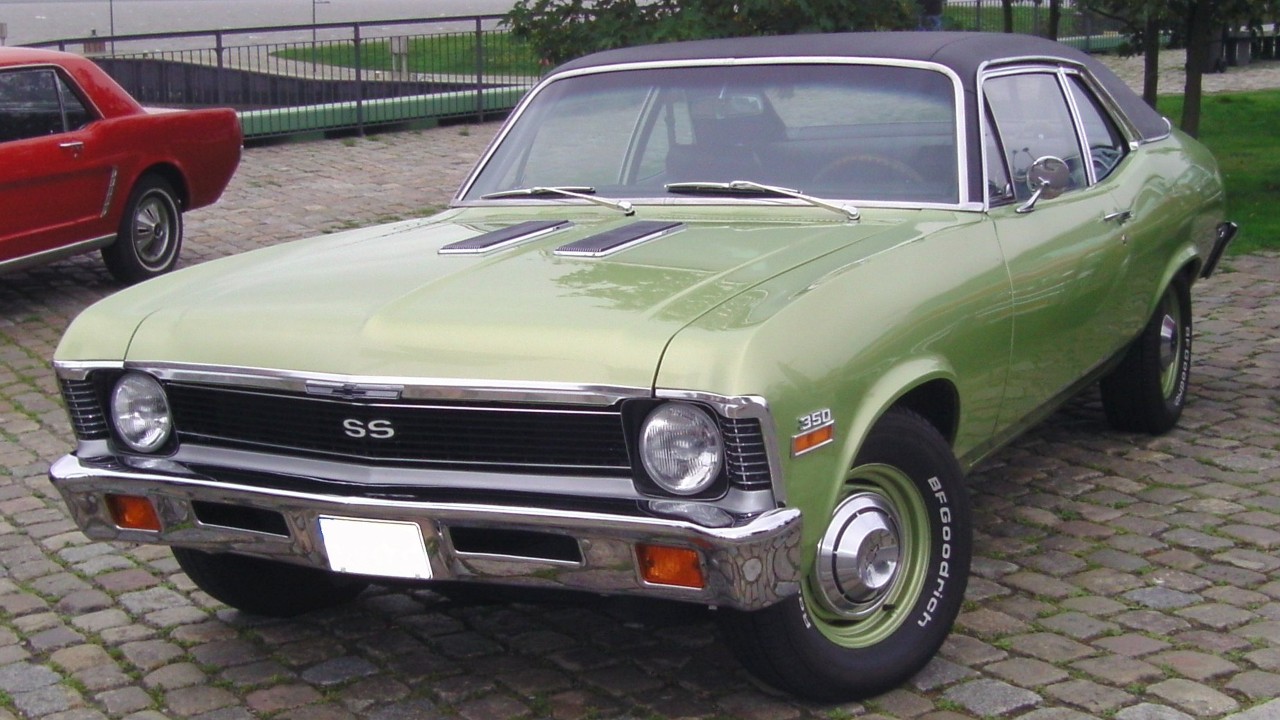
The Chevrolet Nova had a strong performance lineage, especially in its Super Sport (SS) variants, yet it often finds itself relegated to the background of muscle car discussions. This compact car was designed for versatility, offering a range of engine options, including V8s that could deliver impressive horsepower. While larger muscle cars like the Camaro and Chevelle typically stole the spotlight, the Nova showcased its potential as a formidable contender on the street and drag strip.
It’s worth noting that the Nova’s compact size contributed to its agility and handling, making it a favorite among performance enthusiasts. The SS models were particularly noteworthy, delivering a thrilling driving experience without the bulk of larger muscle cars. Despite its capabilities, the Nova never quite achieved the iconic status of its peers, leading to a perception that it was merely an afterthought in the muscle car genre. However, its blend of performance and practicality makes it a worthy contender that should be celebrated alongside its more famous counterparts.
8. Plymouth Road Runner (1968-1975)

The Plymouth Road Runner gained popularity during its run, thanks in part to its clever marketing and fun persona. However, it is often overshadowed by other Plymouth models like the Barracuda and GTX. The Road Runner was designed to be a no-frills performance car, prioritizing speed and power over luxury. Its marketing campaign, which featured the iconic cartoon character, helped it gain traction, yet its true performance capabilities often go unrecognized.
Equipped with potent engine options like the 383 and 426 HEMI, the Road Runner was capable of delivering exhilarating performance on the street. Despite its playful image, it was a serious contender in the muscle car arena, offering thrilling acceleration and handling. The Road Runner represents a unique blend of fun and performance, yet its legacy remains somewhat underappreciated. As we look back on the muscle car era, it’s essential to remember that the Road Runner was more than just a marketing gimmick; it was a powerful machine that deserves recognition for its contributions to automotive history.
9. Ford Torino (1968-1976)
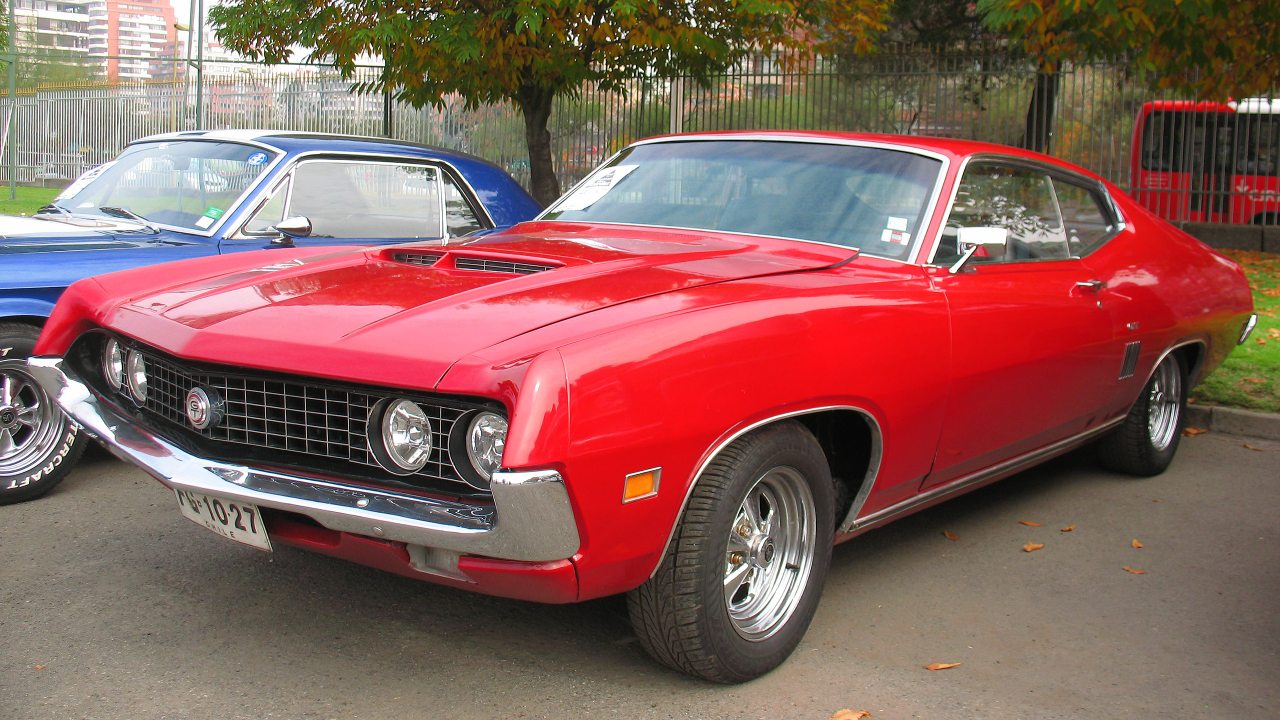
The Ford Torino was a muscle car that offered a range of powerful engines and impressive styling, yet it’s often forgotten in the muscle car narrative. With its bold lines and aggressive stance, the Torino was designed to attract attention, but it struggled to maintain a strong reputation amidst competition from other muscle cars. Its versatility as both a family car and a performance vehicle contributed to a mixed reputation, leading to diminished respect among muscle car enthusiasts.
Throughout its production run, the Torino showcased various engine options, including the 429 cubic-inch Cobra Jet V8, which delivered exhilarating performance. Despite its capabilities, the Torino never quite achieved the iconic status of its competitors, often overshadowed by models like the Mustang and the Torino’s own sibling, the Mercury Cyclone. However, its combination of style, performance, and practicality makes it a noteworthy entry in the muscle car genre. As we celebrate the legacy of muscle cars, the Ford Torino’s contributions should not be overlooked, as it represents a unique blend of American automotive culture.
Like Fast Lane Only’s content? Be sure to follow us.
Here’s more from us:
*Created with AI assistance and editor review.

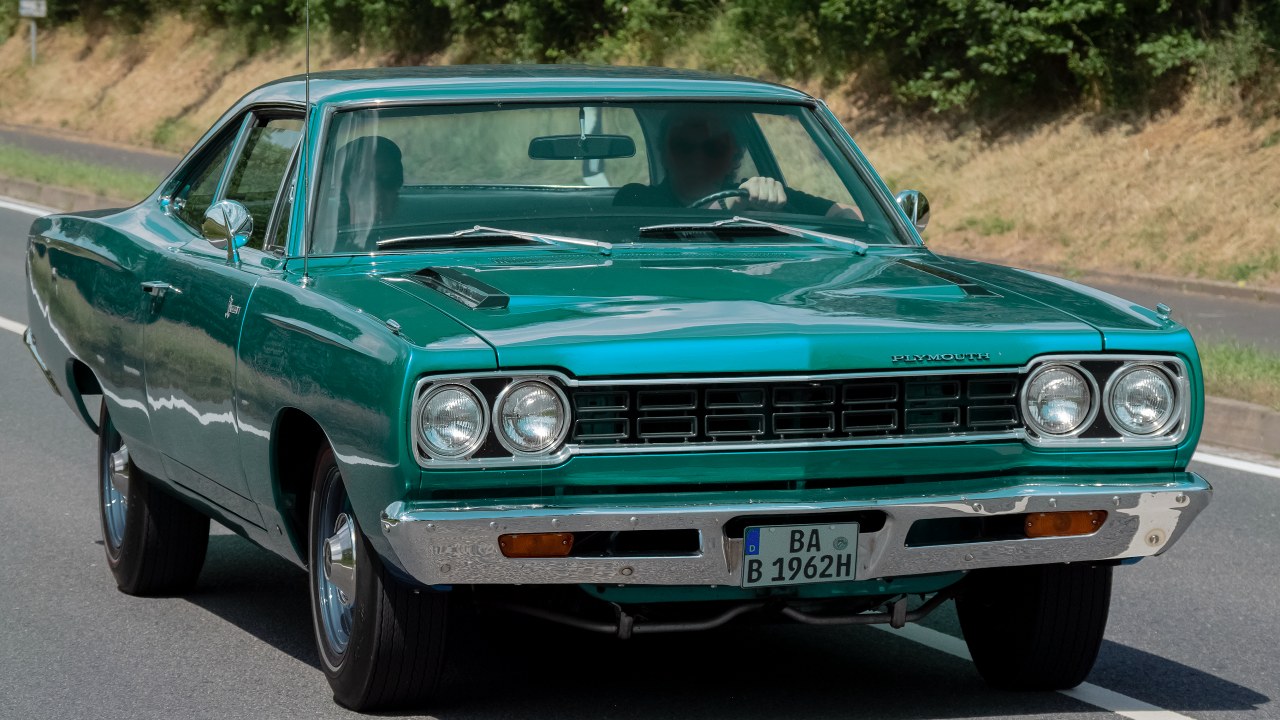





Leave a Reply